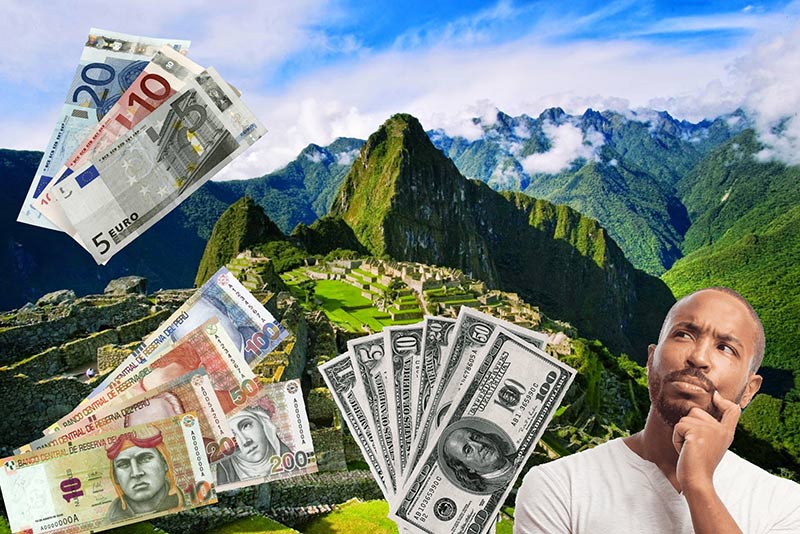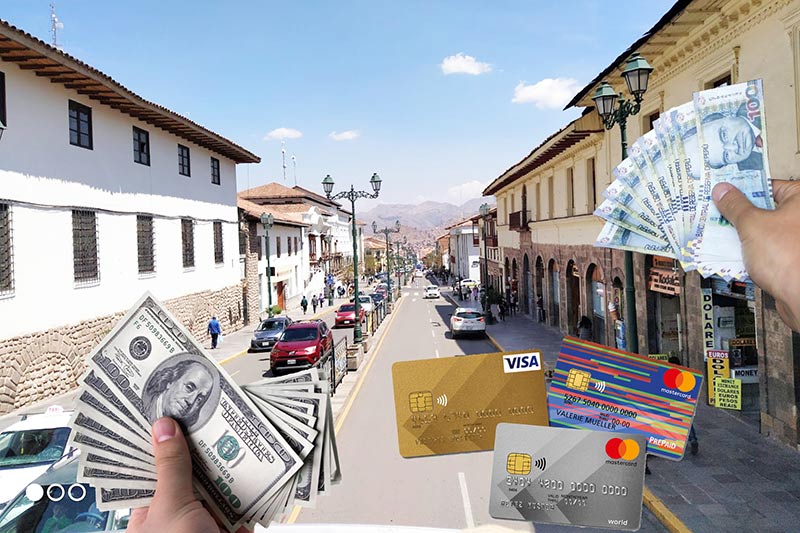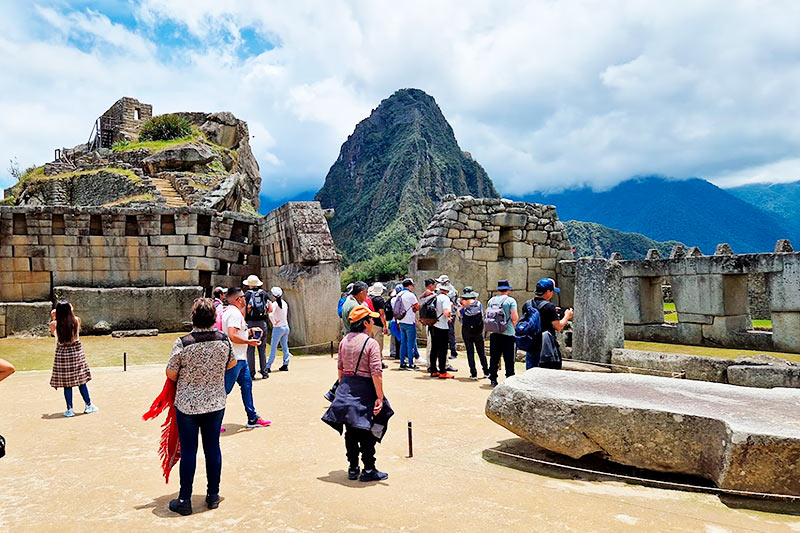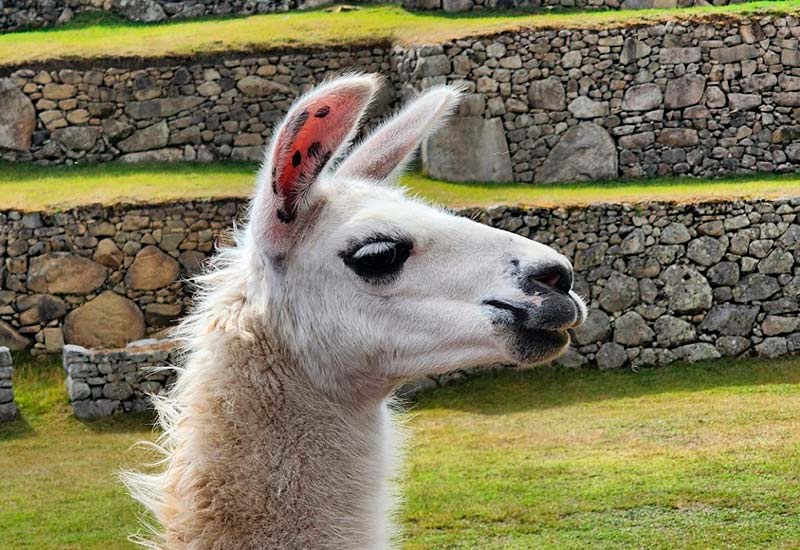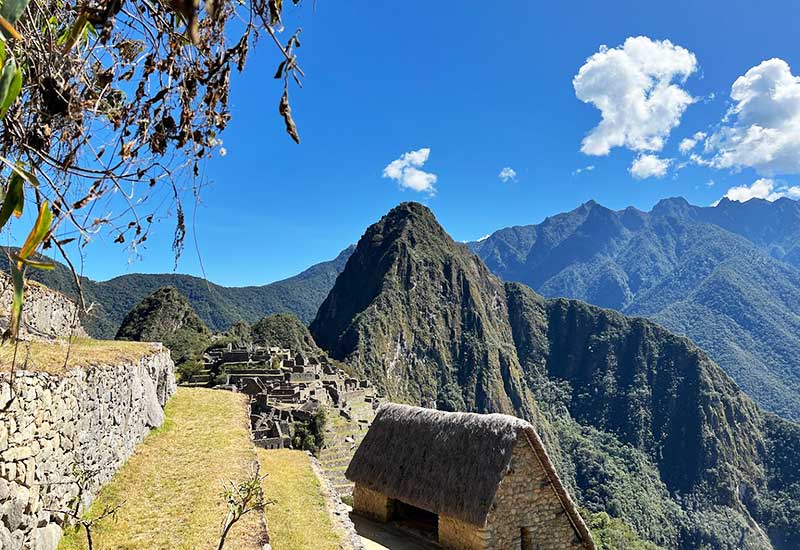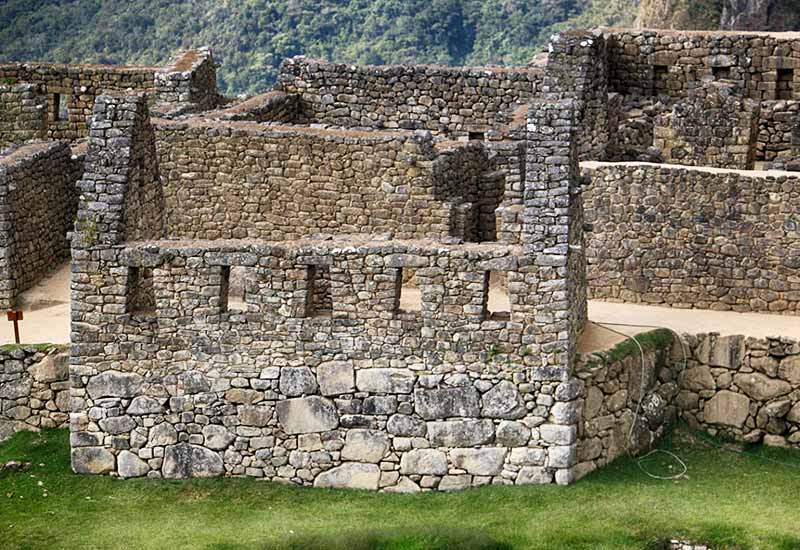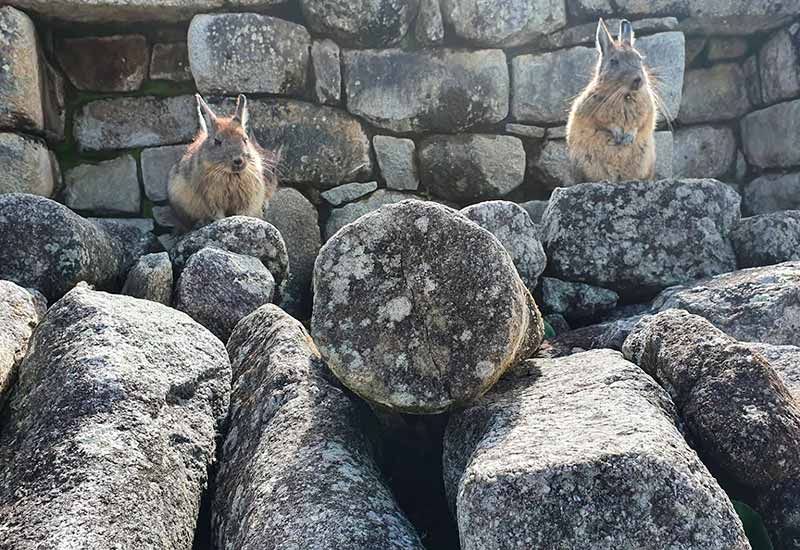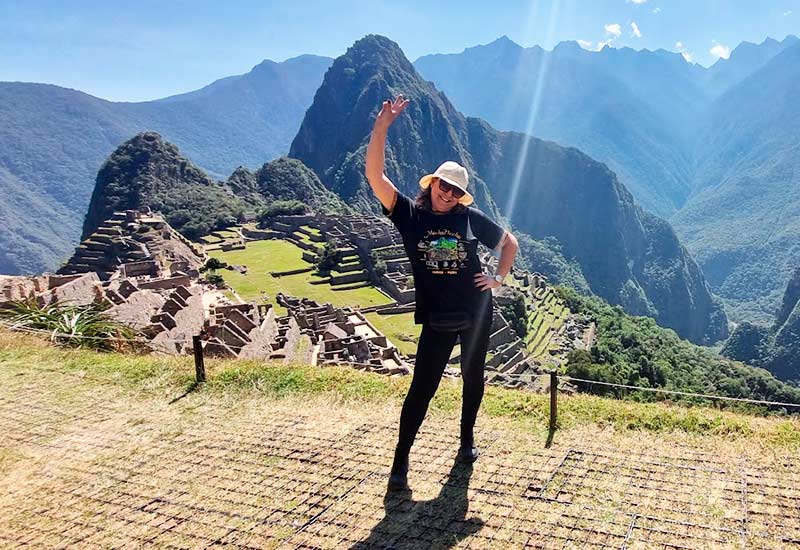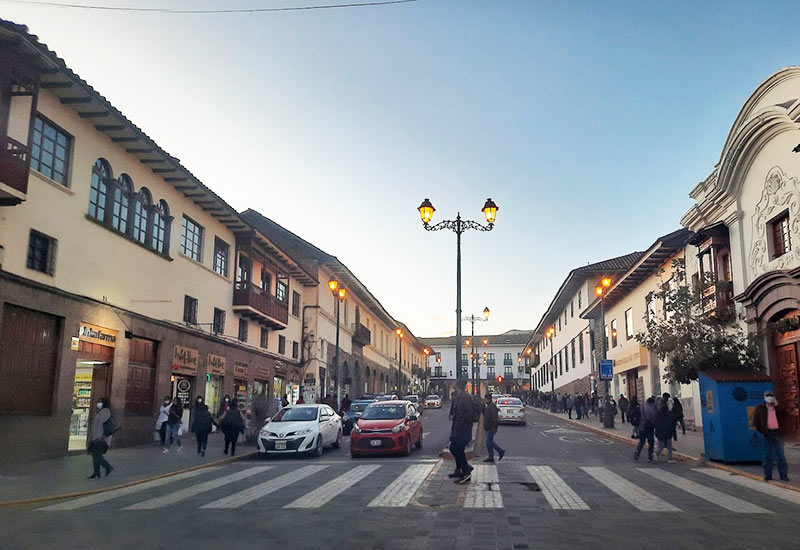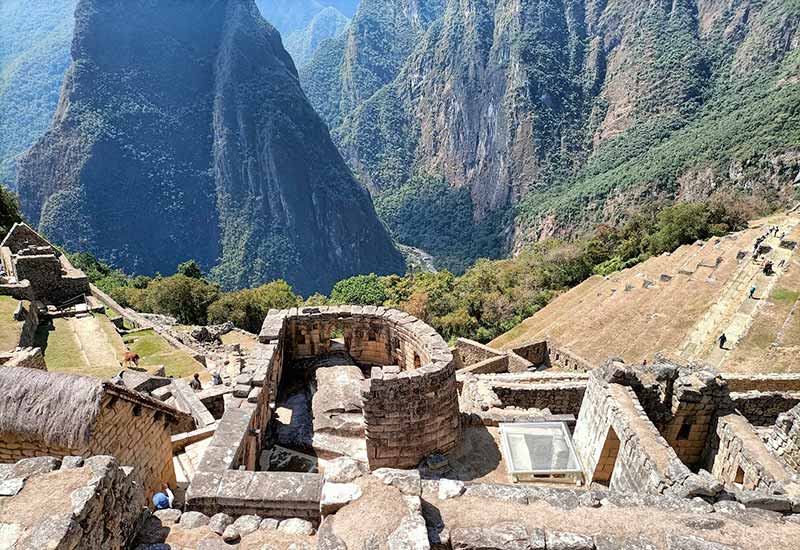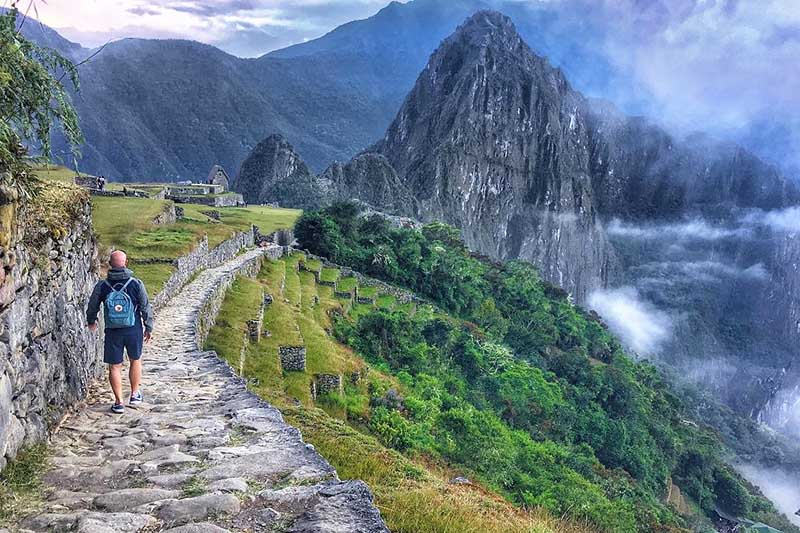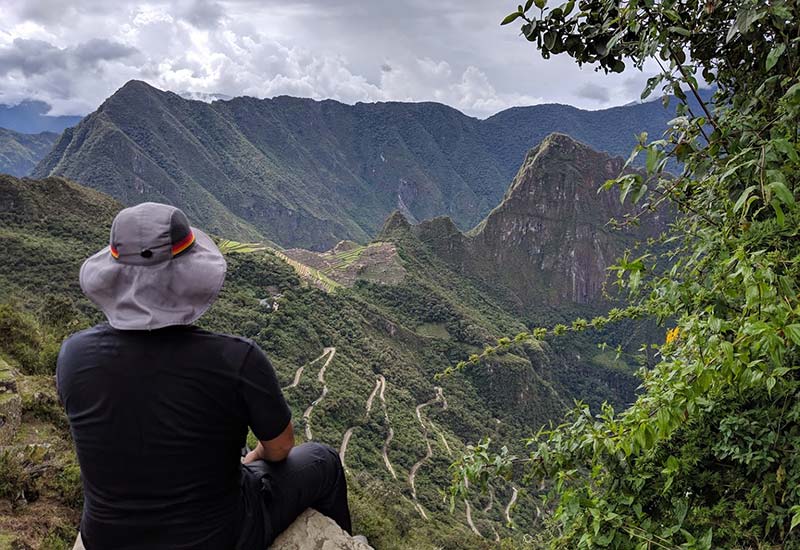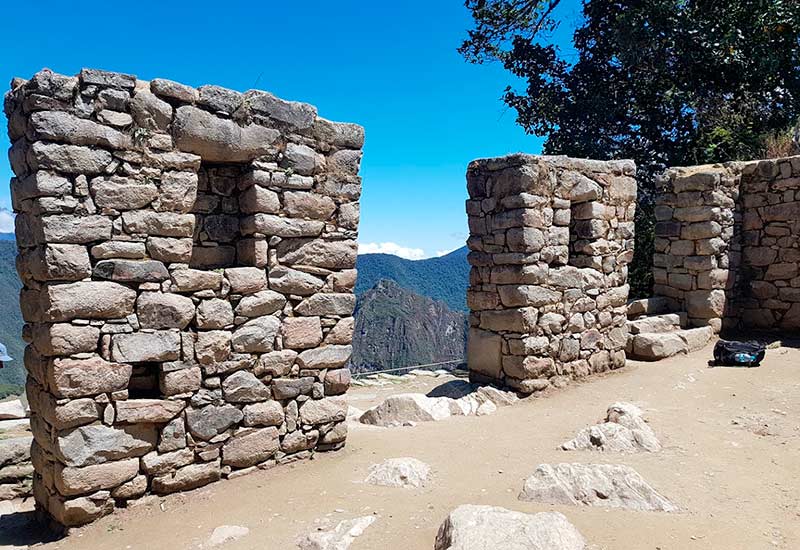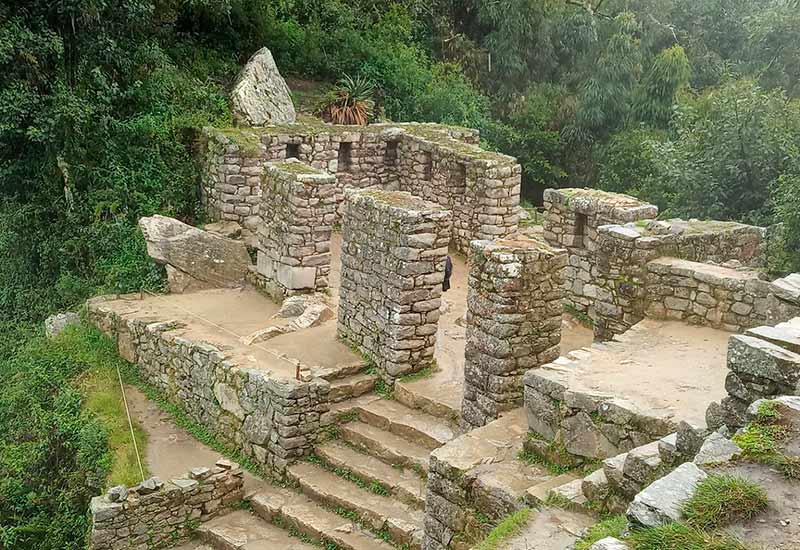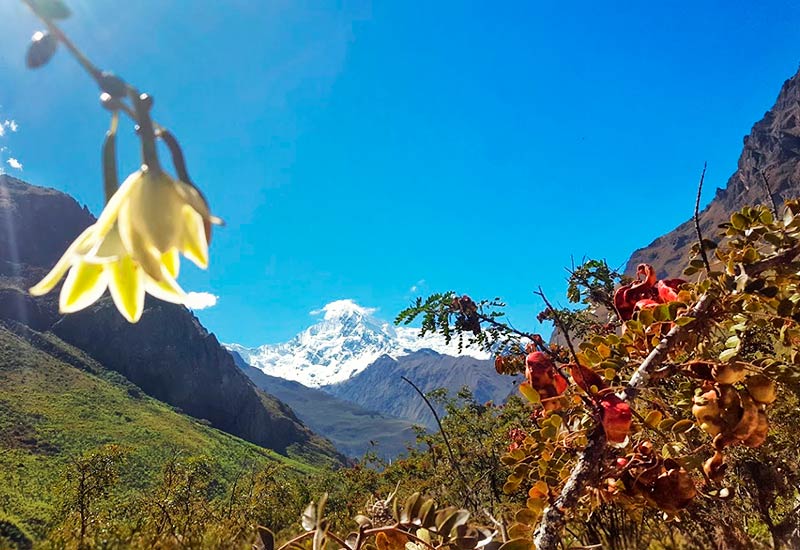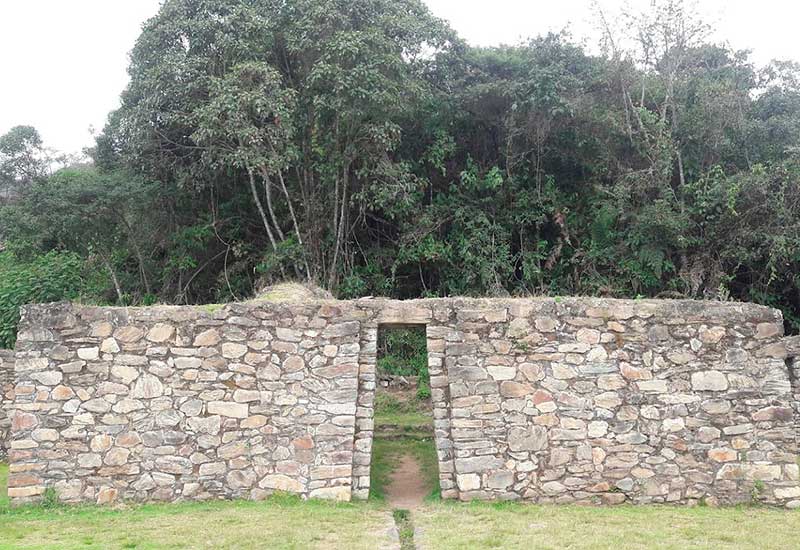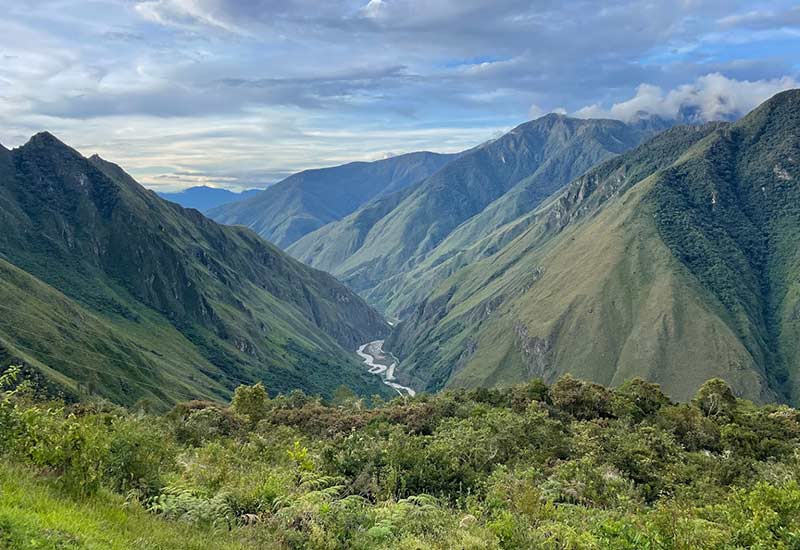Money on the trip to Machu Picchu
If it is your first time traveling to Machu Picchu in Cusco, you will have to quickly adapt to the commercial culture and customs related to the use of money. The official currency of Peru is the Peruvian Nuevo Sol (S/). However, in most businesses on the trip to Machupicchu they accept the American dollar as currency. Learn more information about money on the trip!
- How much money to take on the trip to Machu Picchu?
- What is the currency of Peru? What is your exchange rate?
- What is the best way to carry money in Cusco and Machu Picchu?
- Where can I change money on the trip to Cusco and Machu Picchu?
- Is counterfeit money a problem on the trip to Machu Picchu?
- Is it common to tip on the trip to Machu Picchu?
- Is it common to haggle prices on the trip to Machu Picchu?
- Galeria de Fotos
Money on the trip to Machu Picchu is important. In Cusco there are ATMs where you can withdraw money in the official currency of Peru, the Peruvian sol (S/.). Most businesses also accept the dollar as currency. Another option is to pay with a credit or debit card. The services that accept these payments are: tourism agencies, hotels, tourist restaurants and more.
How much money to take on the trip to Machu Picchu?
- Since 1991, the official currency of Peru is the Peruvian Nuevo Sol (S/.).
- The trip to Machu Picchu does not have to be expensive. There are hostels that cost between 15 to 30 dollars per night. Likewise, in the city’s markets it is possible to find breakfasts, lunches or dinners from 3 dollars.
- There are also economical tour packages to incredible destinations such as: the Humantay Lagoon, the 7 Colors Mountain and more.
- However, the trip to Machu Picchu can also be expensive and luxurious if the visitor so desires.
- In short, a 3-day trip to Cusco and Machu Picchu does not have to be expensive. You can spend anywhere from $300 to $3,000 depending on the type of trip you choose.
What is the currency of Peru? What is your exchange rate?
- Since 1991, the official currency of Peru is the Peruvian Nuevo Sol (S/.).
- The Peruvian Nuevo Sol has been presented during the last decade as one of the most stable currencies in Latin America.
- Currently the exchange rate of the Peruvian sol oscillates between S/. 3.50 and S/.3.80 for each US dollar. The dollar is one of the most commercial currencies on the trip to Machu Picchu.
- Another of the foreign currencies accepted in Peru, but less frequently, is the euro. While the economy is stable, you will need to be aware of changes in exchange rates, which can arise from day to day.
What is the best way to carry money in Cusco and Machu Picchu?
- How you decide to carry your money in Peru will depend on factors such as the length and style of your trip. It is a bad idea to carry large amounts of cash on your trip to Machu Picchu (dollars or soles).
- However, it could be an option in case of short visits (up to 7 days). Otherwise, it is best to withdraw money from ATMs when necessary.
- You can find ATMs in almost all commercial places in the city of Cusco, in the town of Aguas Calientes (Machu Picchu Pueblo) and the Sacred Valley of the Incas.
- Visa is the most widely accepted card in Peru. There will be fees associated with each withdrawal. Traveler’s checks are also an option (ideally in US dollars or euros).
- However, you will find it difficult to profit in small cities and towns and the exchange rate may be lower.
Where can I change money on the trip to Cusco and Machu Picchu?
- You have four options for exchanging your money on your trip to Machu Picchu: banks, exchange houses, street money changers and hotels.
- In the city of Cusco, banks usually have long lines, so making change at a bank can be a long process, Most of them are located on El Sol Avenue.
- However, making the exchange on the street carries its own risks, so it is not recommended for exchanging large sums of money, since you run the risk of theft after the exchange.
- Exchange offices are usually the best exchange option, with good exchange rates, short lines and a safe environment.
Is counterfeit money a problem on the trip to Machu Picchu?
- Counterfeit money is a problem in some cities in Peru, both nuevos soles and dollars. Although the problem is serious in certain parts of the country.
- In Cusco and Machu Picchu there is a lower incidence of this type of crime. However, as in any tourist city in the world, you need to be vigilant.
- Spotting a counterfeit bill can be difficult, so the sooner you become familiar with Peruvian currency, the sooner you will be able to spot a counterfeit.
- Also be careful with scams when purchasing, it is recommended that you buy from trusted places.
Is it common to tip on the trip to Machu Picchu?
- No, tipping is not particularly common in Peru.
- However, you will encounter situations where it is appropriate.
- As in the case of waiters in high-end restaurants, Tour guides and staff in high-end hotels, taxi drivers and staff in small restaurants do not expect tips, but it does not hurt to reward good service.
Is it common to haggle prices on the trip to Machu Picchu?
- It is possible to haggle in Peru, especially in situations where a price is not clearly established.
- This includes items at markets, small fairs, and in traditional taxi fares.
- Please note that in many cases prices are often inflated for foreign buyers; So don’t be afraid to negotiate, if you think the price given is unreasonable.
- The haggling has to be to the extent of what is fair for both parties, especially if you are buying from poor artisans in a peasant community.
Advice from people who have been there
 By: Shiomy C
By: Shiomy C“Variety of places to change banknotes“
“Due to lack of time, I carried American dollars and the places where I could change them into Peruvian sols were at the airport in Lima and Cuzco. Also in the streets near the main square there are exchange houses, not only dollars but also Argentine pesos, Chileans, and yen. , euros; even Western Union and many others; I also used my Visa and Mastercard cards at the ATMs in the city of Cusco.“
By Ticket Machu Picchu – Last updated, October 10, 2023
